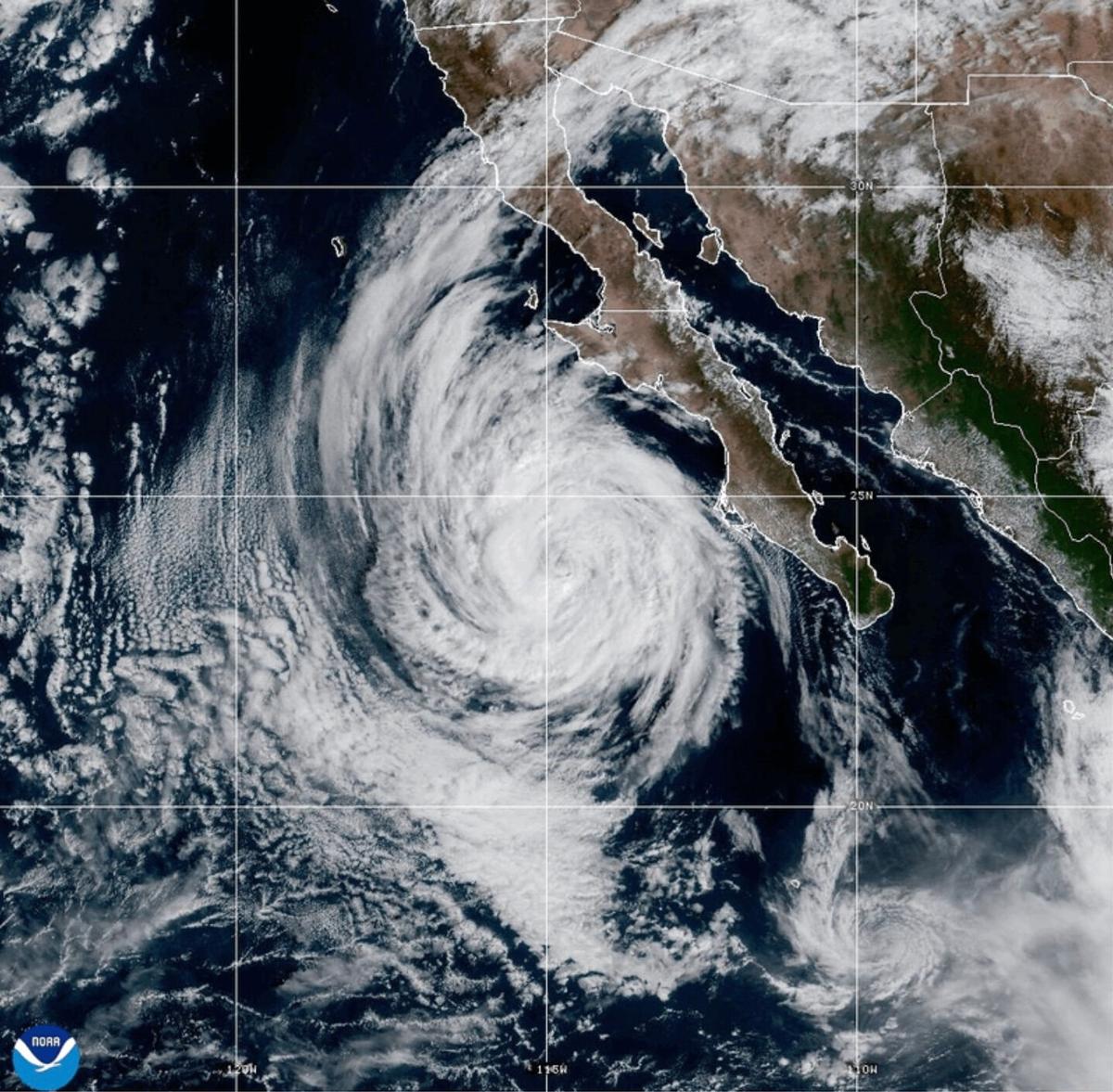Protectionism in the Modern World
“I’ll keep all my industry right here, and then one day, I’ll die.”
May 2, 2018
As the decade comes to a close, one need only look back just a few years to see the staggering changes that have come and gone. Terrorism in the Middle East, federalization of the European Union, the rise of China, and the election of Donald Trump are all events which will be remembered for years to come. However, one grave problem has been lacking in coverage and understanding – the world economy.
For hundreds of years, the world’s economists have been divided into two camps: free trade and protectionist. Free trade is the economic policy of allowing foreign goods into the country. It provides easy access to consumer goods, stimulates the economy by providing jobs through the outsourcing of factories, and allows for foreign investment into the country. However, critics believe that despite these benefits, free trade also harms domestic industry by introducing competitors who are easily able to outproduce the weaker home industry. In addition, it funnels money into the pockets of the rich investors, while in many cases, the workers receive very little pay in return.
Free trade’s benefits and drawbacks have been seen throughout history. European nations like Britain, France, and Germany have all massively benefited from it, as their strong home industries allows them to funnel raw materials into the country and produce countless numbers of manufactured goods. However, its drawbacks have also been noticed in developing regions such as South America and Africa, where cheap labor forces have led to foreign investment, but has also led to much of the economy controlled by and tied to the developed nations’ economies.
On the other end of the spectrum lies protectionism. Protectionism, a form of economic isolation, is an economic policy which has become prevalent in countries throughout the world in recent years. It calls for protective tariffs to be put on foreign manufactured and raw goods in order to protect home industry by increasing the prices of the goods so that consumers will buy the cheaper, domestic items instead. Noticeably, the policy, while seeming to work well, often harms the country which has instated it rather than helping the local economies. As prices for goods increase, much of the population, primarily amongst the poor, find themselves unable to pay for the goods they used to be able to buy plenty of. In addition, while the policies may help some industries, primarily agricultural, other manufacturing industries find themselves weakened by the natural fluctuations of the economy. For example, according to The Atlantic, the Canadian province of Quebec has a strategic maple syrup reserve to control maple syrup prices. While maple syrup costs are stable due to the reserve, they also cost far more than they do in other countries due to the lack of foreign competition, hurting the consumers.
The issue of protectionism versus free trade in the modern economy is becoming more and more prevalent with every passing day. In recent years, countries like the United States, India, the United Kingdom, and Argentina, alongside others, have begun to embrace protectionist policies, often in response to increasing numbers of migrants from regions such as the Balkans and Middle East. Combined with more stringent enforcement of migrant laws, the growing levels of conservative protectionism have led to worries about the weakening of the global economy.
In the modern world, protectionist policies have generally caused more harm than good for the nations that use them. In 2002, the Bush administration placed tariffs on imported steel, primarily Chinese. While this was intended to provide more steel manufacturing jobs and improve the domestic economy, in actuality, it hurt relations with one of the U.S.’ major trading partners. The establishment of the tariffs also brought relations with the European Union to a low, with the member states pledging to begin taxing American goods if they did not stop. The final nail in the coffin for this attempt at taxing steel was the World Trade Organization (WTO) claiming that the taxes were against the doctrine of the organization, authorizing over two billion in sanctions against the United States.
Unfortunately, this is not the last time the United States will experiment with protectionist policies to protect domestic trade. Donald Trump, current president of the United States, has once again set his eyes on China, attempting to place tariffs on hundreds of both luxury and manufactured goods like new automobiles and steel that are being imported. In response, the Chinese government issued a formal complaint to the WTO and then placed tariffs on 106 different American goods which were integral to state economies. While there has not been any major events since then involving the two countries’ relations, the wrong move by Beijing or D.C. could launch both countries into a devastating trade war.
Judging by these examples of American economic policies, alongside historical information regarding protectionism vs. free trade policies, it is obvious that protectionism has no place in the modern, globalized economy. Not a single nation in the world can leave the system, as doing so would destabilize the rest of their trading partners. Therefore, if a country such as the United States pursues these policies, one can only shudder to imagine what impacts it would have on the world economy.








